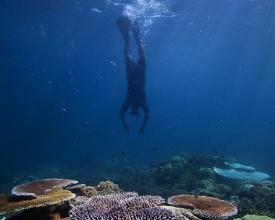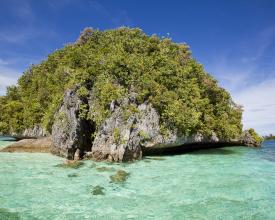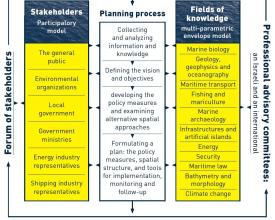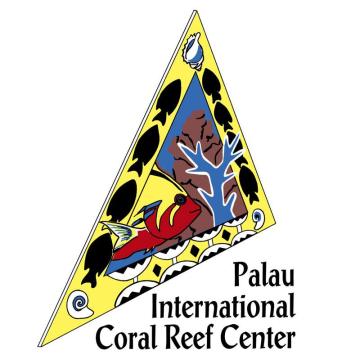
Palau’s Protected Areas Network Act
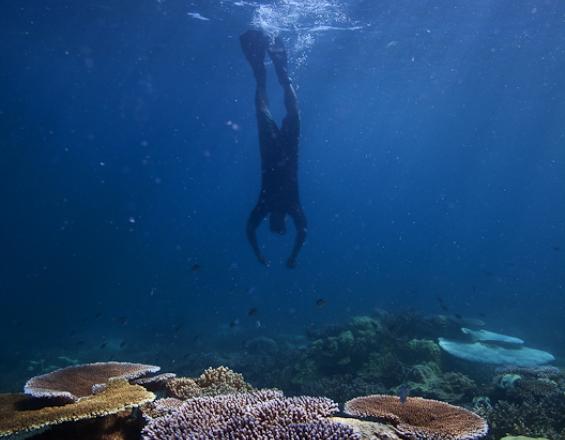
The solution establishes a nationwide framework that empowers communities to designate and manage marine and terrestrial protected areas in cooperation with partners. It provides standards, criteria, application processes, and technical and financial assistance for management and monitoring of sites.
Context
Challenges addressed
The solution addresses loss of power and financial resources for traditional leaders to effectively manage coral reefs and marine resources. It provides a framework to adapt protected area management for local communities’ needs by conserving diverse natural habitats and mitigating climate change impacts, while taking into account enforcement mechanisms and commercial and illegal fishing issues.
Location
Process
Summary of the process
The solution is only possible with a high awareness of the benefits of protected areas for marine and nearshore resources, national support and the existence of a legal framework that empowers local communities. These factors are also strong links between all four building blocks. The formulation and agreement at all levels of clear and standardized procedures (Building block 1), the provision of capacity building at state and local government, as well as community levels (Building block 3), and the availability of sustainable financing (Building block 4) through a Protected Areas Network Fund are the prerequisites to enable adaptive and participatory locally based management of protected areas (Building block 2). These building blocks cover all stages: planning, implementation and monitoring, which includes enforcement and prosecution. Sustainable financing (Building block 4) also has the complementary affect of creating job opportunities and thus reinforcing the social coherence of local communities participating in the Protected Areas Network (Building block 2).
Building Blocks
Protected Area Network (PAN)
Enabling factors
Lesson learned
Adaptive and participatory locally based management
Enabling factors
Lesson learned
Management trainings
Enabling factors
Lesson learned
Green Fees
Enabling factors
Lesson learned
Impacts
The solution successfully merged traditional management with modern legislation to establish procedures and monitoring standards. Participation, resource ownership and empowerment of communities increased significantly. It created jobs so that people returned to their villages, reducing urban drift. 35 protected areas have been established, contributing to Palau's goal of designating 30% of its near shore marine environment and 20% of its terrestrial resources by 2020. Tourists contribute to conservation via the green fee mechanism, which supports local communities with US$ 1.8 million annually.
Beneficiaries
- Government agencies
- Local communities
- National and international NGOs
Story
Ngarchelong and Kayangel are the only communities with traditional knowledge and conservation practices for resource management decision-making. Chiefs of both communities jointly declared the first modern day moratorium, or bul, on fishing within their traditional fishing grounds to protect spawning aggregations in 1994. This initiative was unique and without precedence as bul had never been applied to control fishing in Palau nowadays. This move encouraged other communities to follow. A race began to initiate community protected areas throughout Palau. However, Ngarchelong and Kayangel communities quickly realized that they could not enforce their rules for outside violators. A court case revealed conflicts between traditional roles and national authorities regarding enforcement, prosecution, and fines. These experiences provided the knowledge, ingredients and the political will to enact the Protected Areas Network Act (PANA) of 2003, promulgation of Regulations on Criteria and Application Process in 2007, the amendment to add the Green Fee 2008 and the final act for implementation in 2009. The PANA is backed by the Palau National Congress, with technical support from the Protected Areas Network Office division of the Ministry of Natural Resources, Environment and Tourism, and sustainable funding from the Protected Area Network (PAN) Fund Board. In 2012, Ngarchelong and Kayangel, their respective state governments, and fishermen designated their marine areas out to 12 nautical miles as Protected Area Network sites and began management design with support from network and NGO partners. In 2013, these stakeholders signed a new agreement for joint management, including enforcement mechanisms, with the two states’ governors and the legislative speakers, witnessed by fishermen, NGO partners and the President of the Republic of Palau. Chief Uorchetei Victor Joseph of Ngarchelong declares: “Our land areas are small so our livelihoods must extend to the sea and we need to ensure resources continue to be abundant. Stewardship begins with us, and PAN is our major enabler.” Chief Rdechor of Kayangel states: “Traditionally we used to cooperate. With this renewed cooperation, made possible by PAN, we have the opportunity to solve many issues facing us, especially, in dealing with climate change, sea level rise and coral threats and fish declines that undermines our livelihoods.”
